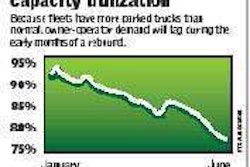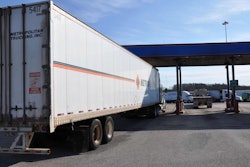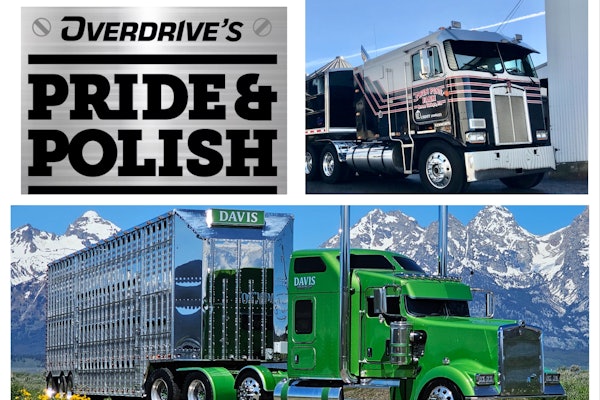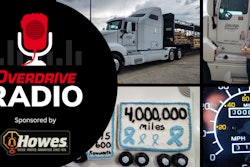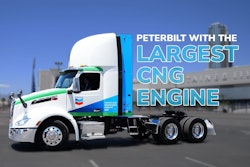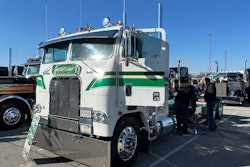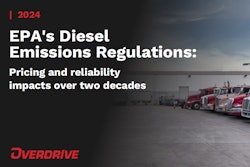In addition to the federal fuel tax on diesel, each state has its own tax rate. Because owners of Class 8 vehicles have to reconcile the amount of fuel burned in a state with the amount of fuel purchased in that state, the state tax owed could be more or less than the tax paid at the pump. All state accounts are settled once a quarter.
Here are questions I often hear regarding fuel taxes.
How did things change when IFTA came about?
Prior to creation of the International Fuel Tax Association, you had to file an individual fuel tax report in each state where you drove. If you had a shortage in the amount of tax due, you had to pay that state the balance. But if you paid a state too much tax, you may not have always gotten the refund because some states didn’t credit you amounts they owed you. So most owner-operators would try to match fuel burned and fuel purchased.
Now under IFTA rules, you file one fuel tax report with your base state. This report shows all gallons burned and purchased in every state you ran in that quarter. IFTA distributes money to the states you owe and collects from the states that owe you. Afterward, either you have money left in your account or, if you owe money, you have to pay. If you’re leased, that is what you see deducted from your settlement with your carrier.
How is fuel tax calculated?
Fuel tax is figured by dividing the number of miles you run in a state by your truck’s fuel mileage. This tells how many gallons you burned in that state. Now multiply the number of gallons burned in a state by that state’s fuel tax rate to calculate the total amount of fuel tax you owe.
